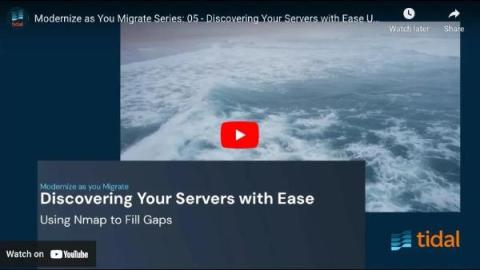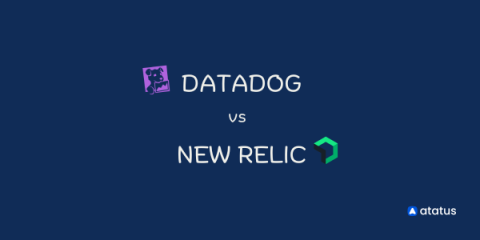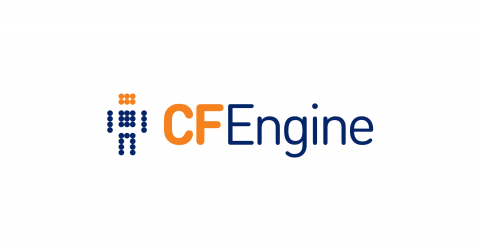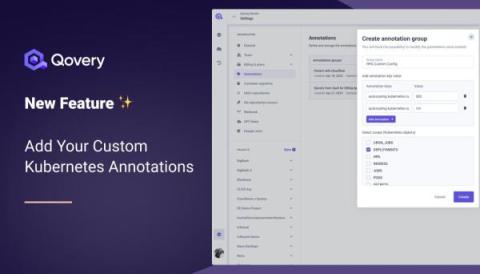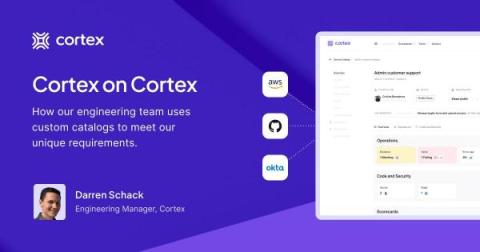Streamline Your Server Discovery with Tidal Accelerator and Nmap
In the world of datacenter management, it’s not uncommon to encounter a complex maze of networks and servers. Over time, these environments can become fragmented and difficult to navigate, making it challenging to maintain a comprehensive inventory of your IT assets.


